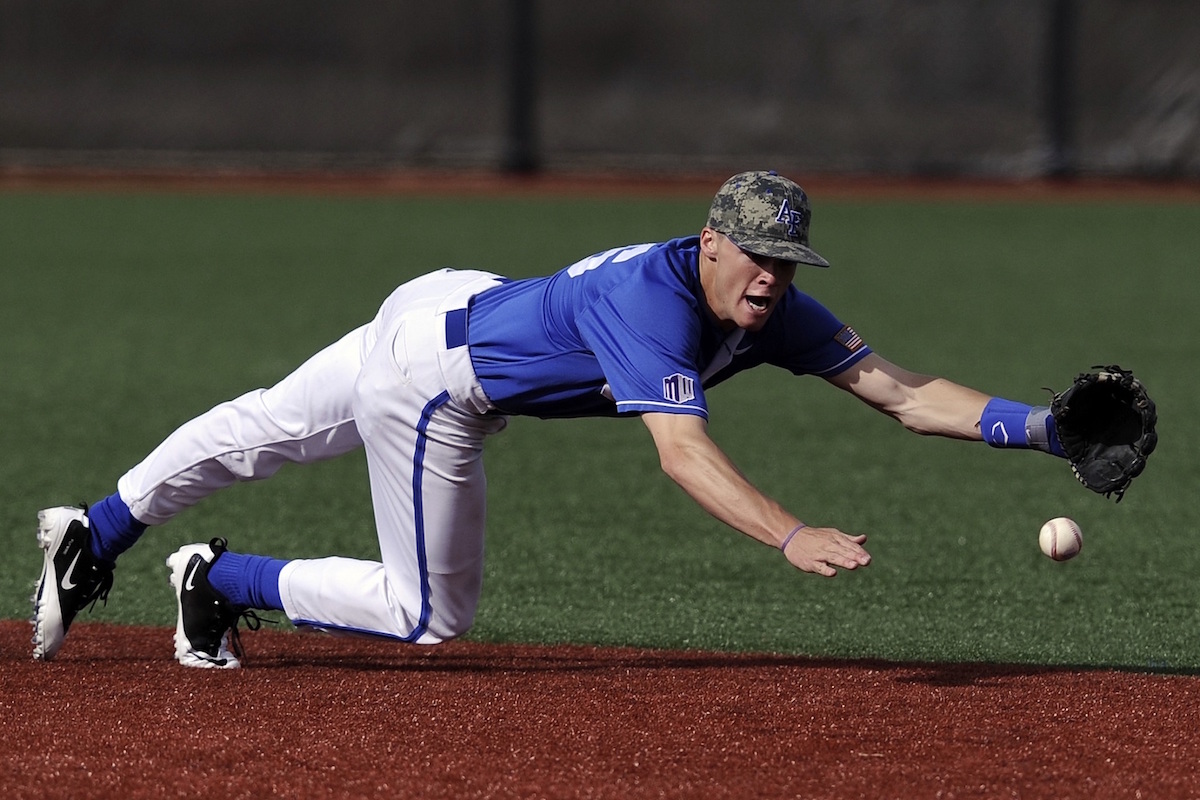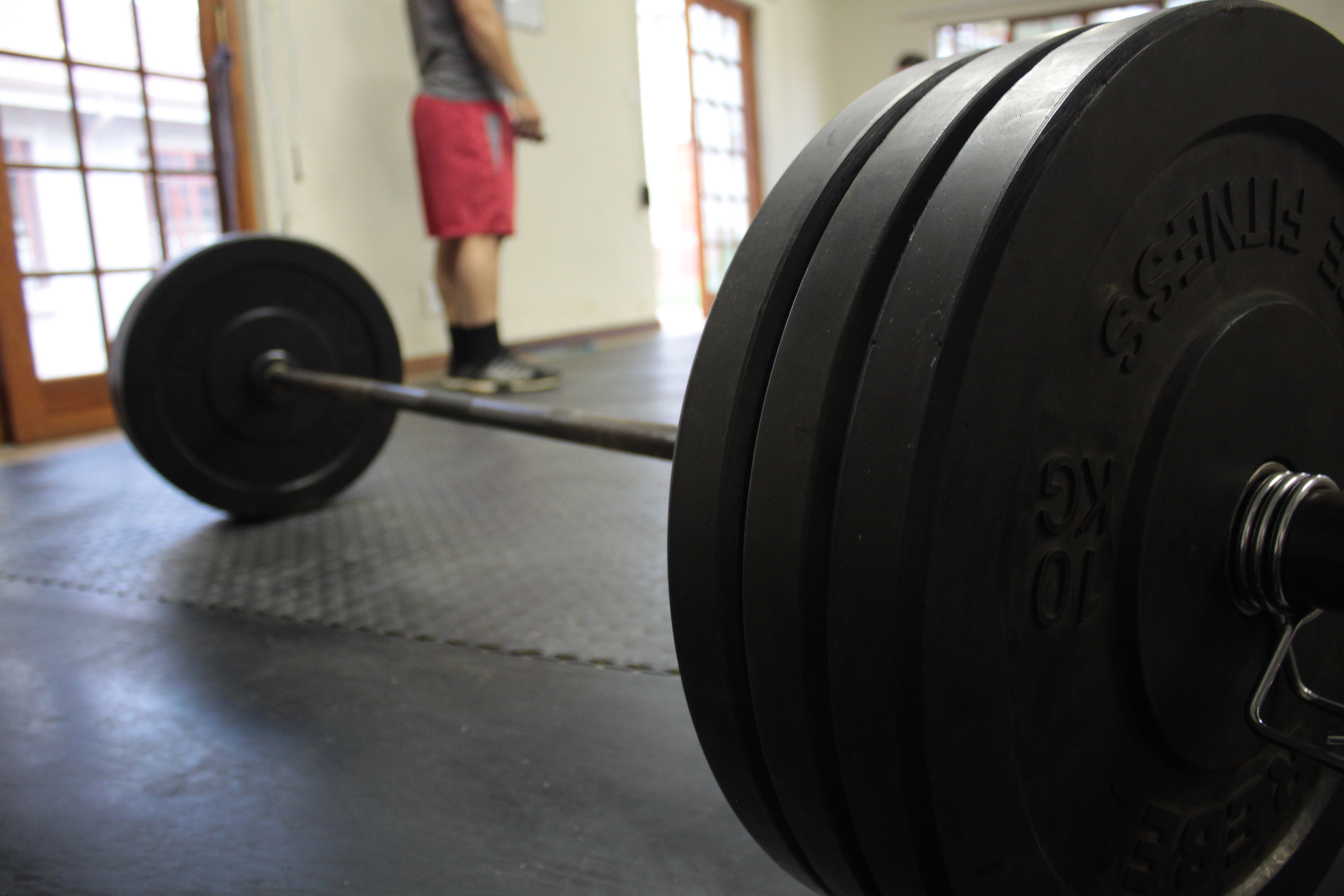Baseball players need to be able to run fast to get on bases and to be able to make defensive plays. To help them do this, the crossover step is an important, fundamental skill for a baseball player that is important for both offensive and defensive play. This article is going to talk about how it is executed, its offensive role, its defensive role, and how to train it.
What is the cross-over step?
Basically the crossover step helps a player make a sudden lateral movement to enable the athlete to sprint to the right or left. To execute the crossover step, the athlete needs to be in the ready position. This means their feet are wider than hip-width apart, their weight is on the balls of the feet, hips are pushed back with the knees slightly flexed, arms are ready, chest is out, shoulders are back, and their head is up.
Let’s say the athlete is taking a lead off first base. The athlete will take a big step off first base, get into the ready position, then shuffle towards second base a few steps. When they want to run towards second, they have to find a way to quickly turn to the right and sprint quickly in order to make it on base. To do this, the athlete pivots their feet approximately 45 degrees towards second base. Then the left foot crosses over the right. The next step is to have the right foot step out into the sprint. This is all illustrated below. If the athlete needs to move to their left, then the steps are performed in the opposite direction. This allows the athlete to make a fast turn and seamlessly execute their sprint.
Offensive use
Offensively, the crossover step is used from the athlete’s lead off the bases and this is where a lot of people commonly recognize the movement. This is faster way for the athlete to execute a turn without tripping over their feet when stealing or when running to the next base after a hit. Now, the question comes up – why perform this movement at all? Why not just face the base that the athlete will want to run to? The reason that this is done is because the athlete needs to be able to see what is going on in the field and facing the next base may interfere with this. Base runners need to be able to see the pitcher’s feet in case of a pick-off attempt, they need to be able to determine if that hit is a pop fly, and they need to be able to see where the ball is going after it is hit.
Defensive use
In terms of defense, the crossover step also helps the athlete make a quick turn to be able to sprint to the ball. We try to coach athletes to stay in front of the ball, one cue that I learned is to tell the athlete to line their belt buckle up with the ball. With some balls that have been hit, the athlete can make a few quick shuffles in either direction to keep the ball in front of them. However, this isn’t always possible and a shuffle is always going to be slower than a sprint. So, when the ball has been hit too far to the athlete’s right or left, the cross-over step helps them to make that fast turn and sprint to where the ball has been hit.
Training for it
First, I like to incorporate this into a baseball player’s speed training. It begins slowly with my telling them the steps and having them execute to my commands (get into the ready position, pivot to the right, cross-over, run!). We practice moving in both directions. Once the athlete is able to perform this, then it is incorporated into some of their sprints by having the athlete simulate a base lead as the starting position for the sprint.




